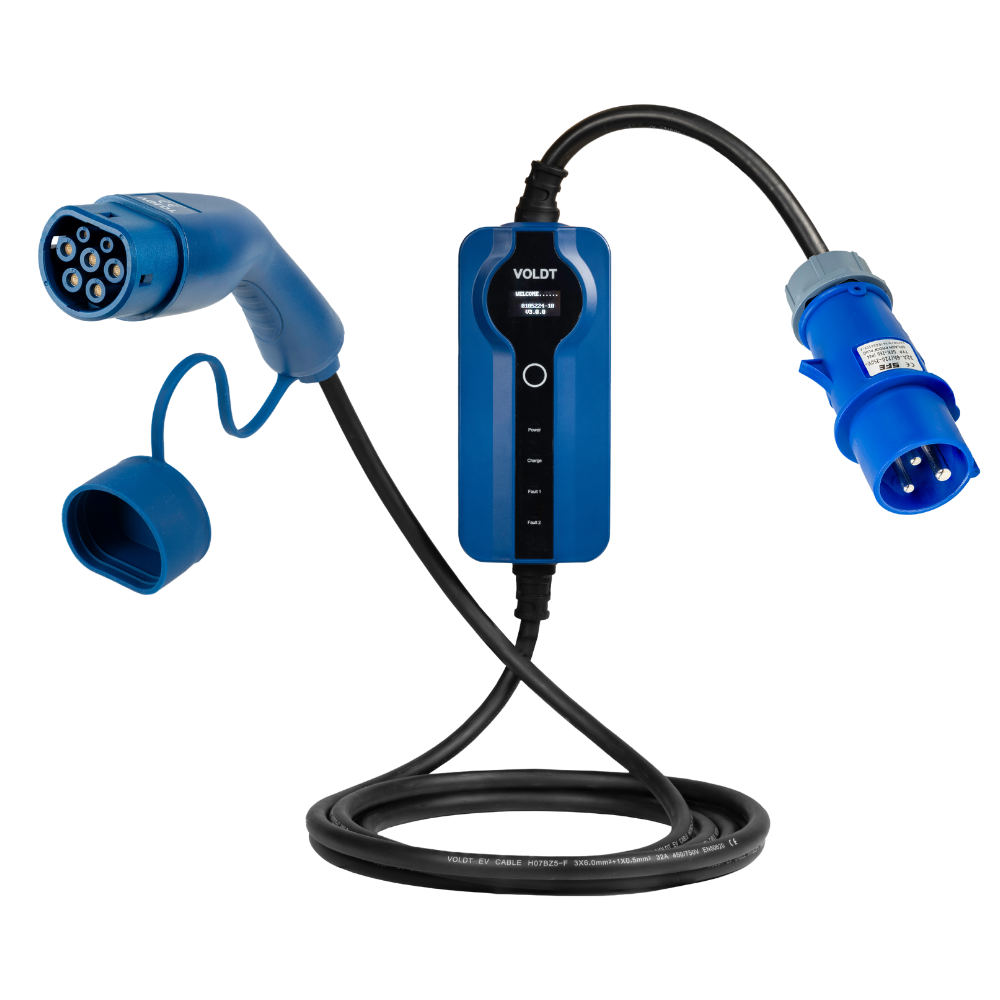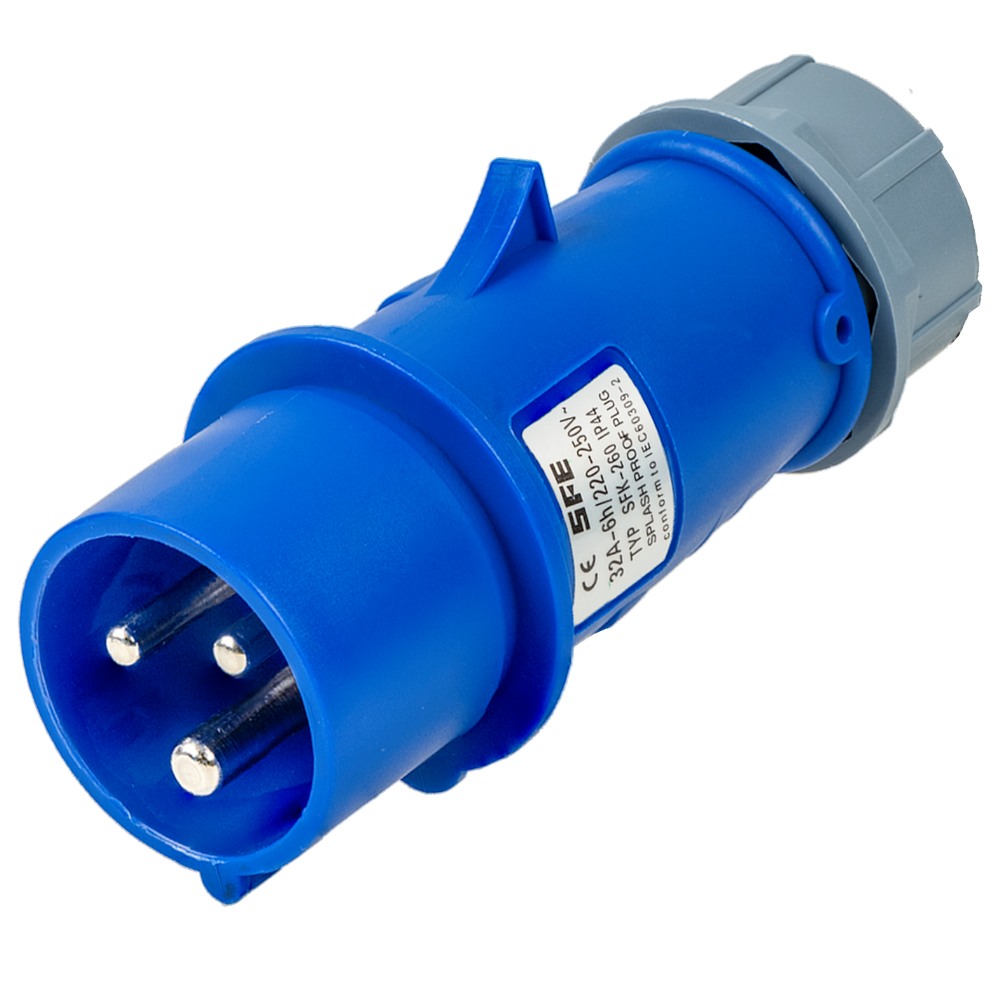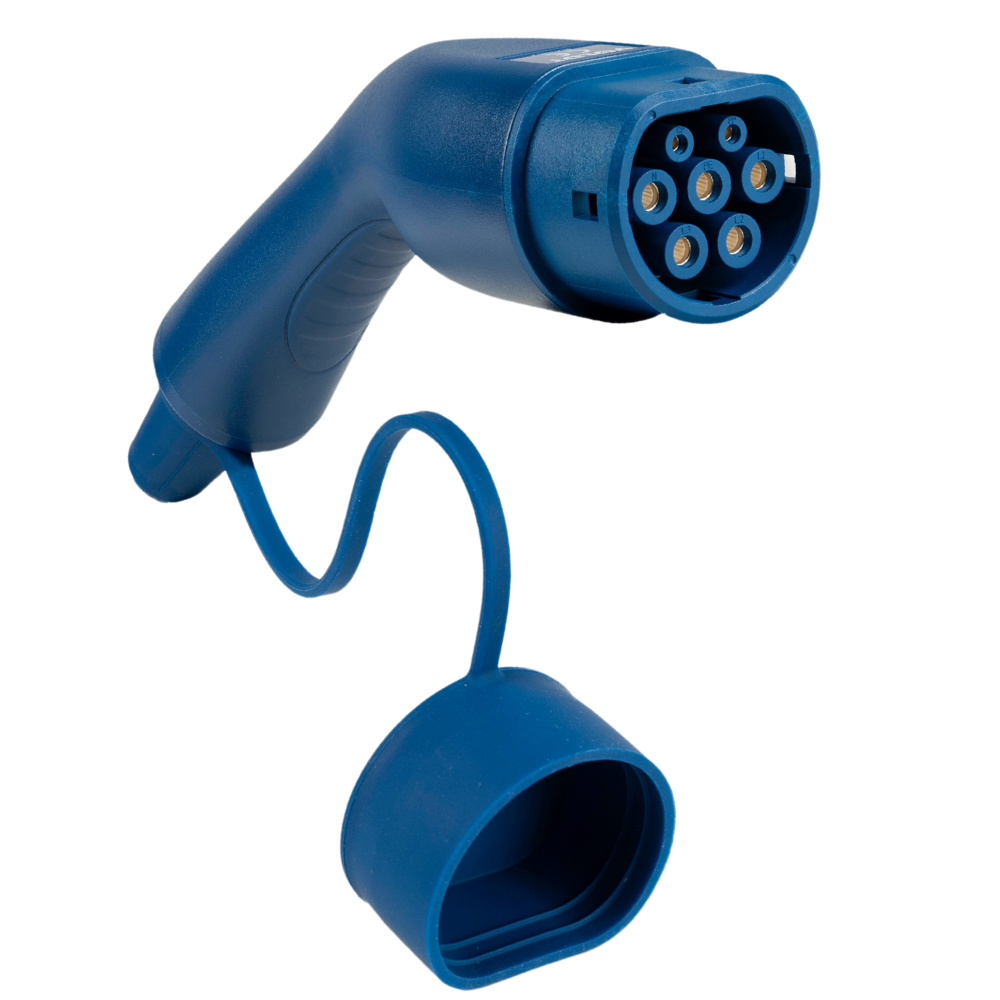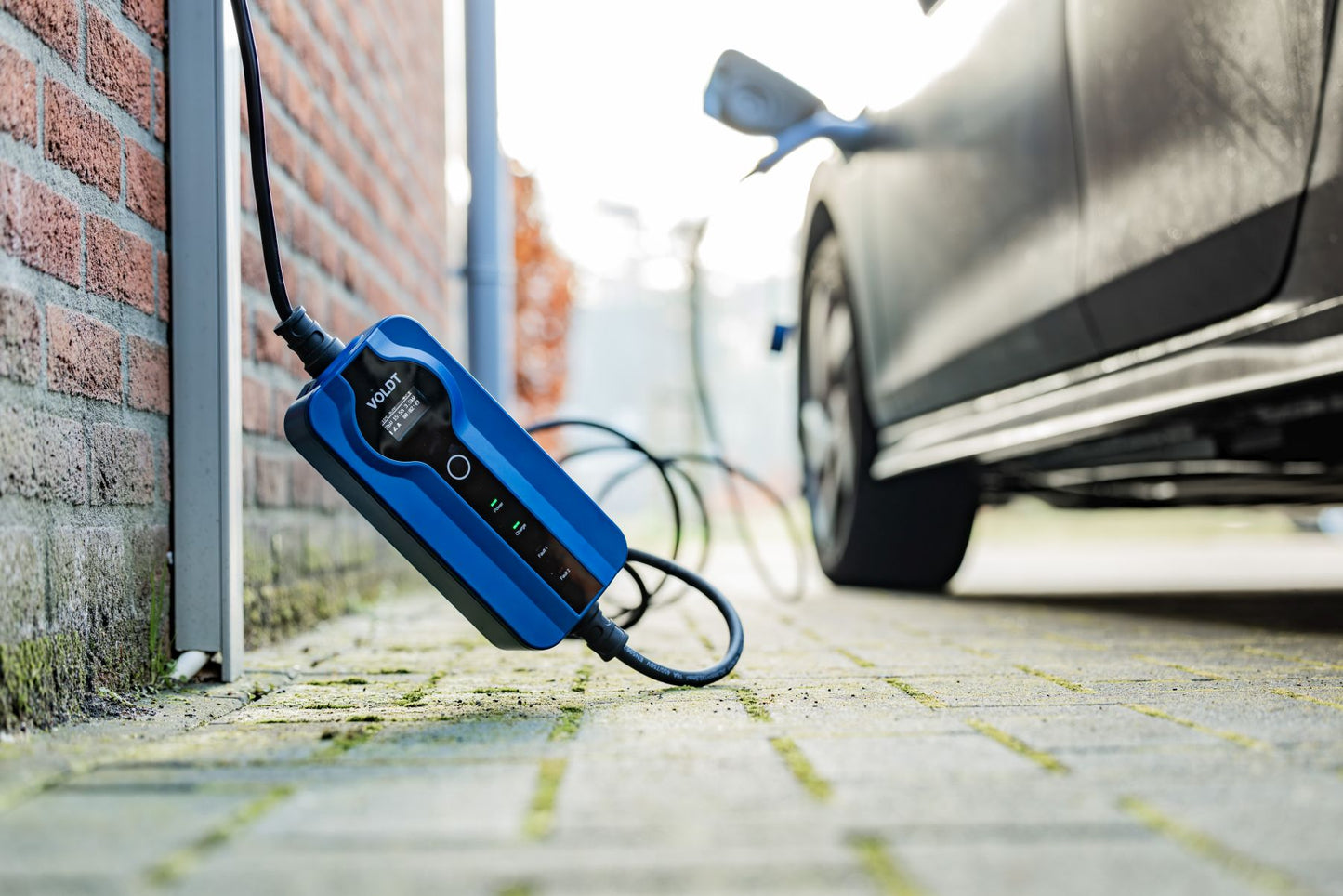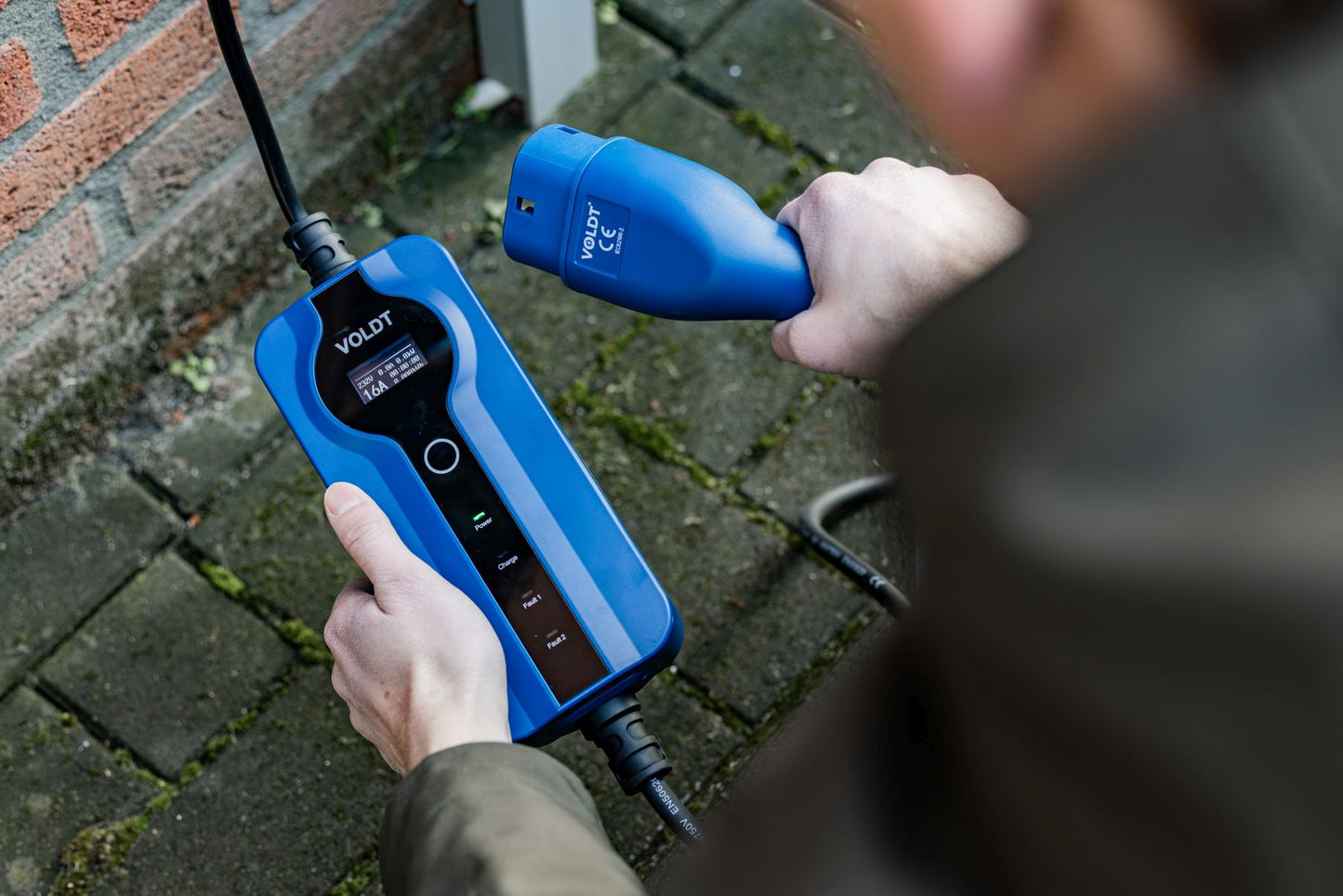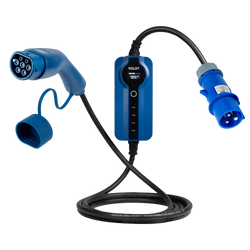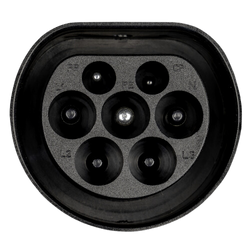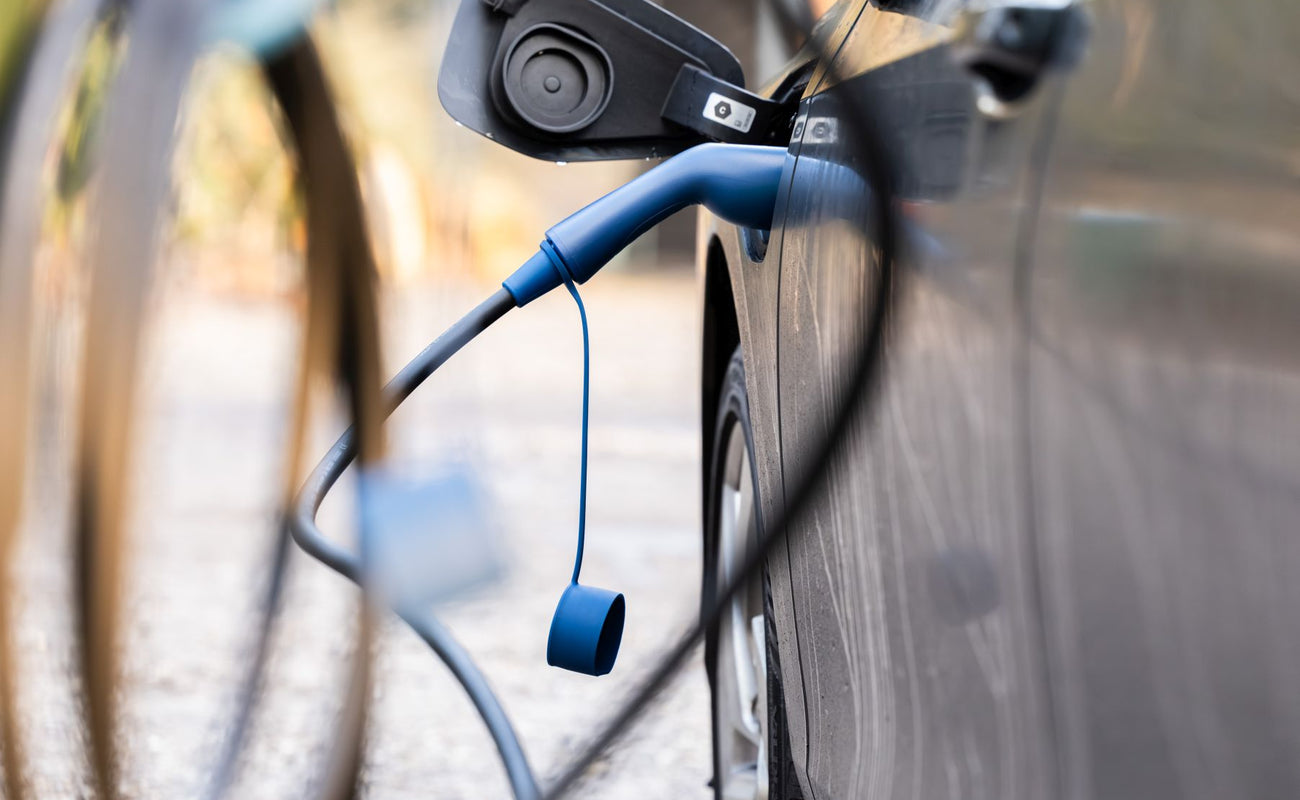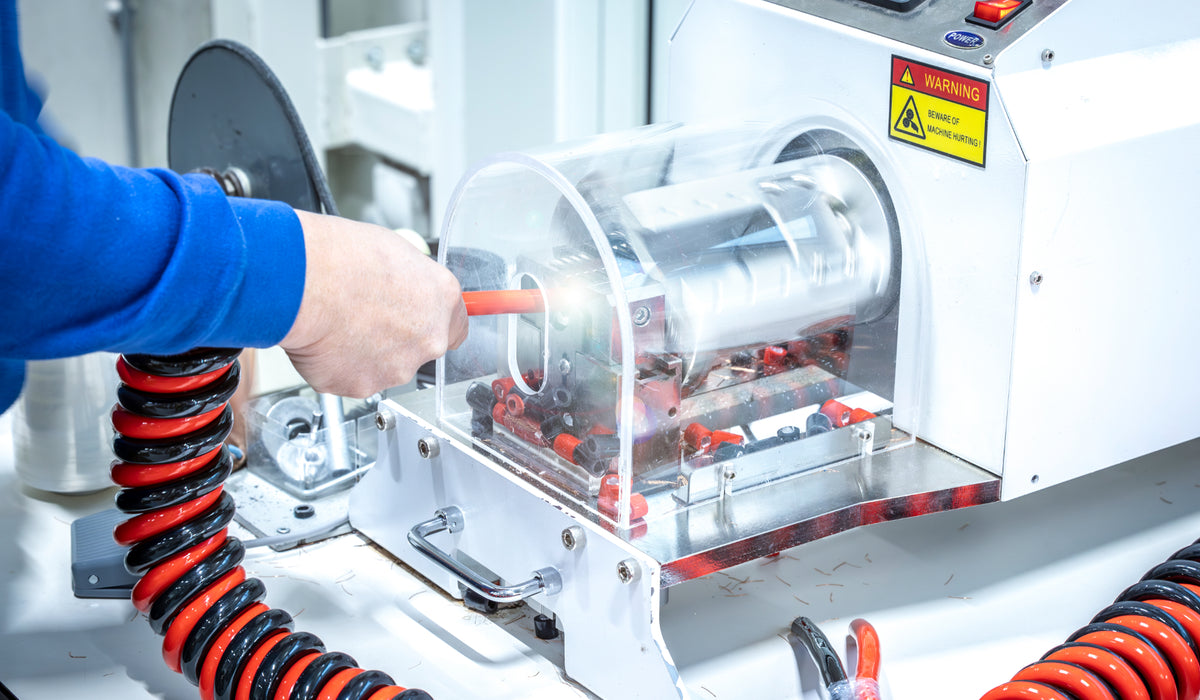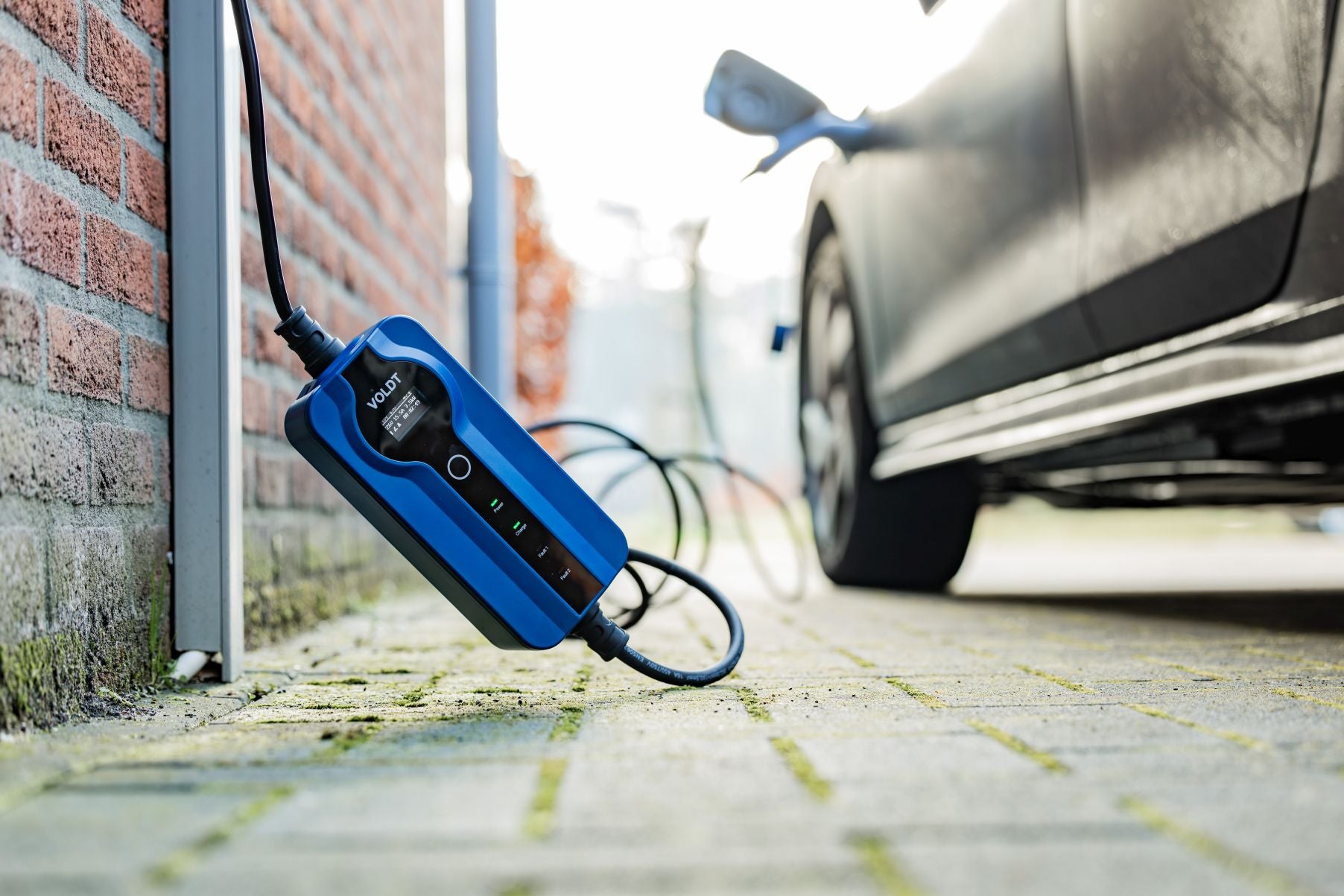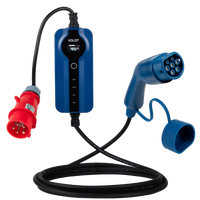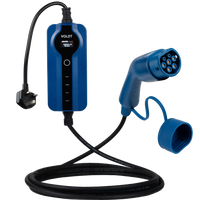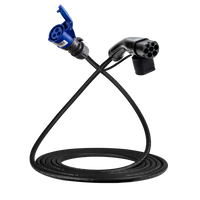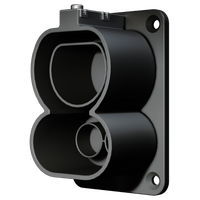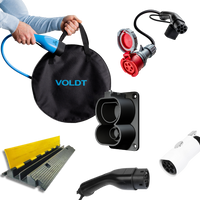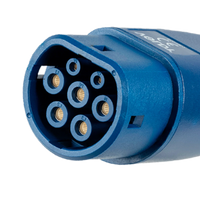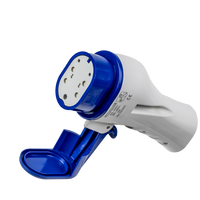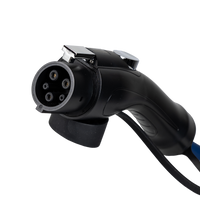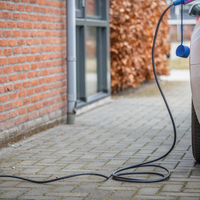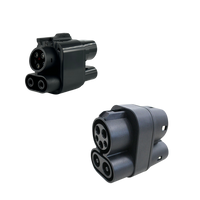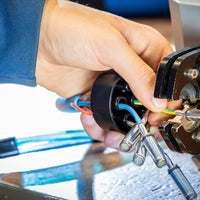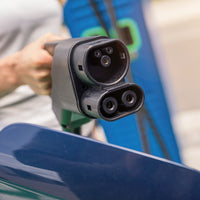Yes, it is possible to charge an electric car with a genset (generator), but there are important technical conditions and safety precautions to consider. First, the generator must deliver sufficient continuous power output—both in wattage and voltage stability—to match the requirements of your EV’s onboard charger. For most EVs, this means a generator with a continuous output of at least 3.5 kW for slow charging, or 7.4 kW or more for faster charging via a 32A Type 2 connection.
Secondly, it is crucial that the generator delivers clean and stable electricity, typically through an inverter generator. Poor power quality or voltage fluctuations can interfere with the EV's charging system, potentially causing charging failures or damage. Many EV chargers, including Voldt® mobile charging cables, are equipped with safety protocols that automatically stop charging if unstable power is detected, which often happens with lower-end generators.
Lastly, your charging cable must be compatible with the power characteristics of the generator. For example, a Voldt® mobile charger designed for Schuko or CEE connections must match the output plug type and phase setup of the genset. In emergency or off-grid situations, this setup can be a valuable backup, especially with a properly rated portable EV charger. However, for daily use, we strongly recommend a certified, grid-connected charging solution for optimal efficiency, safety, and convenience.
